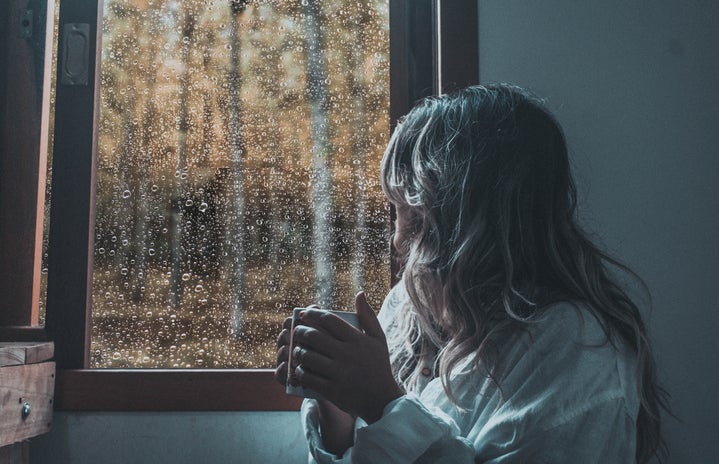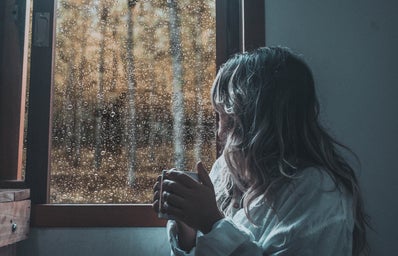If you ever noticed a sudden mood change that begins during the cold months, you might be a victim of Seasonal Affective Disorder, commonly known as SAD. A type of depression related to changes in seasons, SAD tends to affect people in the fall and continue into the winter months. Because serotonin (the hormone associated with boosting your mood) is only triggered by direct exposure to sunlight, SAD is commonly seen in months when days are shorter. Symptoms can include low energy, difficulty in concentration and losing interest in things you like.
With the approach of December and temperatures decreasing rapidly, daylight will shrink almost completely by the end of this month. If you make note of your mood suddenly worsening, simple tasks might improve your energy significantly. Here are five things you should do to combat SAD, as per recommended by healthcare advisors:
Regular Exercise
Shocking, yes. The one thing that seems to solve any mental health problem! If you exercise outside, it will also increase your daily exposure to serotonin, important to combat SAD.
Going out for a thirty-minute walk or merely sitting outside in the garden will get rid of that fogged state you’re in all the time. A regular schedule of physical activity will also boost your energy levels and help with concentration. I like to do a quick run in the park towards the end of the year, as it forces me to get warm and takes no more than half an hour of my morning.
If you’re not a gym gal, activities like yoga and meditation are great options to help improve your stress management ability. Check to see if your local university has any of those options available for free, or simply look up a guide for beginners on YouTube – loads of channels giving you options these days. The main thing is to find a quiet place in your house where you can work. Outdoors yoga would be ideal, but it can get colder and, unlike running, stretching will not keep you warm.
Make your indoor spaces bright
For this, try sitting near windows and leaving your indoor spaces with the curtains open, allowing maximum light to get in. You might be surprised by how much your mood is influenced by a dark space, especially if you leave the house early in the morning and don’t come back until late at night. I know it may seem useless to leave curtains open in an empty house, but I promise you will see the difference.
You can also try increasing the artificial light in spaces where no direct sunlight comes through. Light therapy has been proven efficient in the fight against SAD, but that includes the purchase of a specific lightbox recommended by healthcare providers. For a short fix, white light bulbs might make you feel more focused if your room is not pitch dark.
Pay attention to your food
An unbalanced diet can also contribute to attention deficit. Foods rich in carbs will boost your energy levels throughout the day, so opt to include things like brown rice, pasta and beans in your meals. Try to avoid foods high in sugar, which will give you a high peak of energy temporarily and then get you feeling awful afterwards.
Cut the naps
Following a consistent sleeping schedule and adjusting it to wake up earlier in winter will also increase the amount of sunlight exposure. Cut back on the middle-of-the-day naps and go to bed early to get your 8-hour sleep. You will have extra time to go outside for some exercise in the morning.
Talk to people
Try surrounding yourself with people. SAD might feel isolating, but some of your friends could be struggling with the same issues (it’s more common than you think). Grab lunch with them or go for a walk along the river – anything counts. Several organisations also offer free counselling for young people, so it might be worth looking into.
Takeaway: don’t isolate yourself. SAD is a common occurrence, especially in young people who are already stressed about university. Please reach out to someone for help. Surround yourself with the things and people you love, and keep looking for that sunlight.


